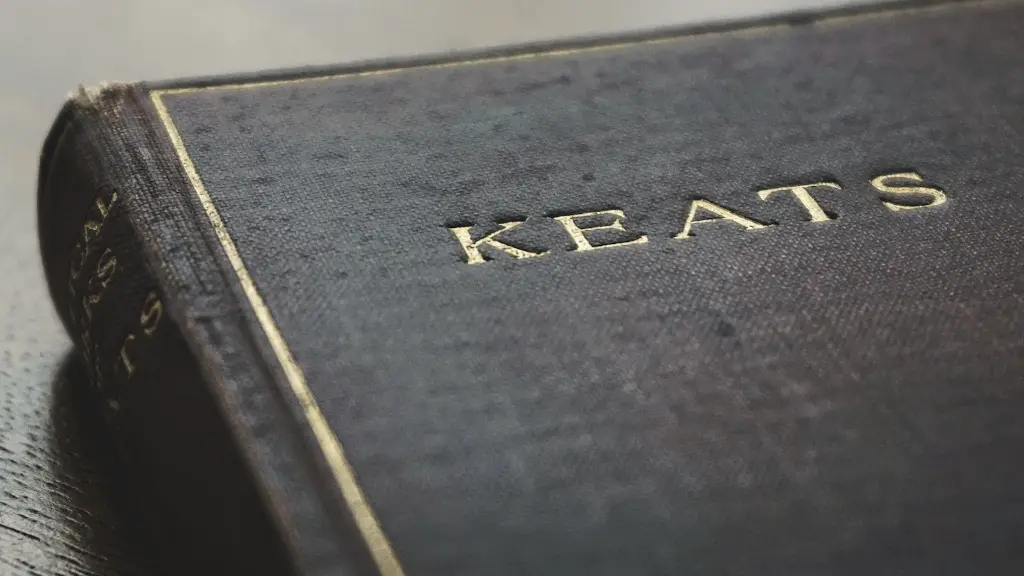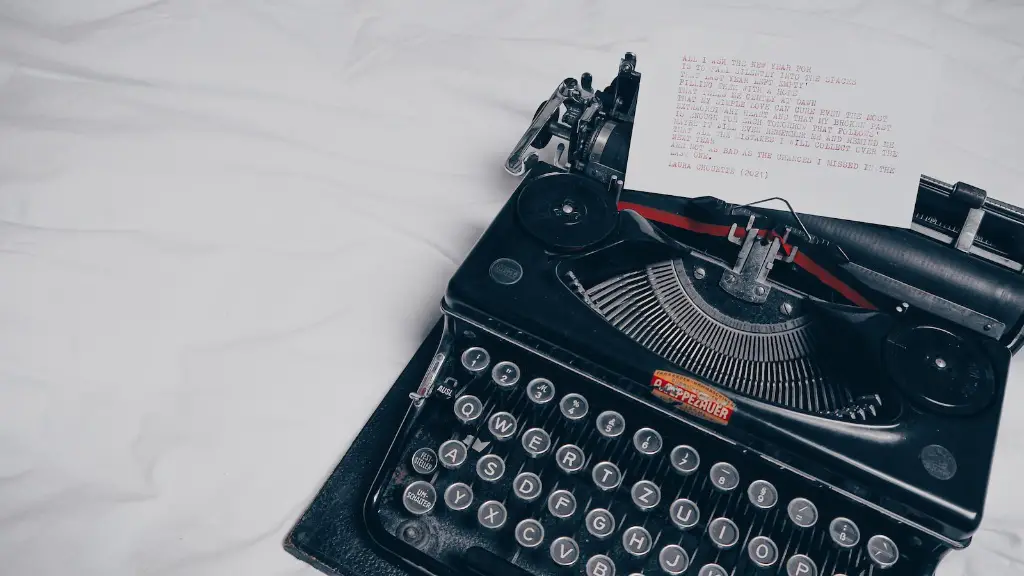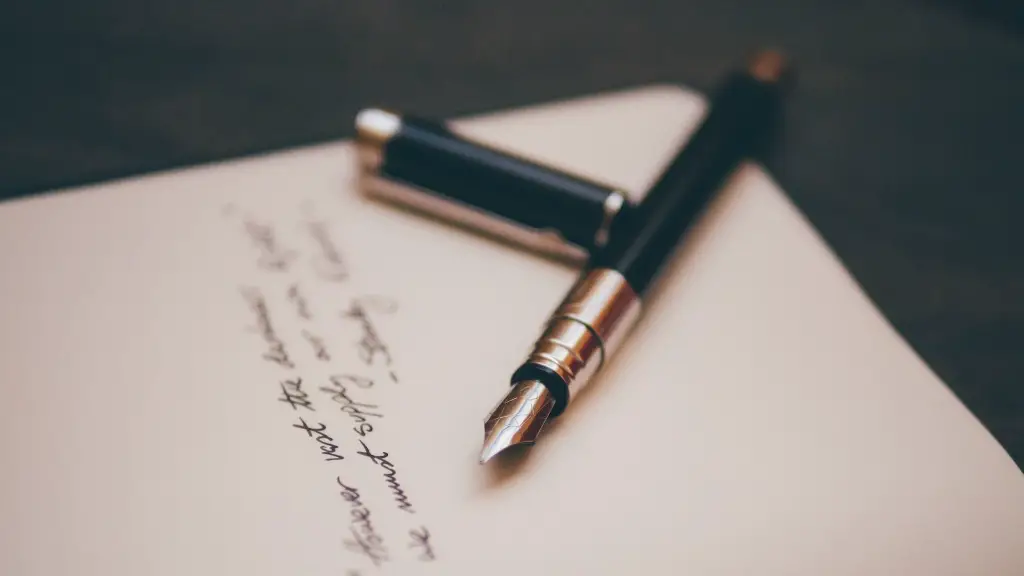Elements of Prose and Poetry
Prose and poetry, the two main divisions of literature, are incredibly distinct in their writing styles and purpose. While the two serve separate roles and objectives, there are a great many similarities that, when taken together, produce insightful, beautiful and emotive writing. This article will explore the various elements and stylisations of both prose and poetry to further our understanding of what these genres offer.
The Elements of Prose
Prose is considered the more traditional, analytical medium of literature, wherein the writer carefully picks apart a theme or subject to metaphorically expand on its purpose. Prose has many sections, the most common being narrative fiction and non-fiction. Within these two divisions, prose often contains elements such as climaxes, irony, and character growth and motivations.
Prose also contains themes that the writer will often hit upon multiple times throughout the narrative. Commonly, these themes can be seen in iconic works of literature such as Into the Wild or To Kill a Mockingbird and further extends down to modern works, such as Ready Player One or Catcher in the Rye.
The narrative structure of any work of prose is also equally important. In a work of fiction, this often means carefully illustrating a sequence of events and parallel narratives that move towards a climax. In terms of non-fiction, the structure is often traditionally seen as an introduction, body text and a conclusion.
The Elements of Poetry
Unlike prose, poetry seeks to ask questions and illustrate the world in a more subjective, emotive way. Poetry, too, has many different forms, from ballads and sonnets, to haikus and villanelles. Without going into too much detail, we can see that all forms of poetry contain certain elements and stylisations.
Every work of poetry seeks to tell a story, or illustrate a life lesson, in a way that paints various ideas in the mind of the reader. In doing so, we find that poetry often uses metaphors and symbolism to illustrate scenes or to draw attention to an important element of the poem. The themes and motifs found in poetry are often more abstract and poetic, which allows them to better explore the depth and emotiveness of a given subject.
The structure of any poem is also different from prose. It often contains fewer words but much more subjective and open descriptions of the theme in question. A poem may even lack any structure altogether, in favour of more “spoken words”-like format. In contrast to its more tradition sibling, poetry often decides to simply explore the by-play of imagery and abstract ideas.
Comparisons of the two
When both genres are broken down to their core components, the differences become far more rife. In prose, the aim is to effectively ask and answer questions, trace a journey or explain a situation or theme. In poetry, the aim is to evoke emotion, inspire thought and create a much more vivid experience for the reader. One could argue that prose acts as a way to express an idea or subject in ‘plain’ terms while poetry opens up the mind to explore much more abstract concepts and complex tones.
This contrast is interesting when placed side-by-side, but it is also important to note their similarities. Namely, the themes and ideas in each genre are often the same, but delivered in different ways. As such, the two genres often provide different perspectives of the same ideas and over-arching themes.
Understanding the Symbolic Nature of Prose and Poetry
The process of exploring the full symbolic nature of prose and poetry comes down to the reader taking the time to examine both the explicit and implicit ideas within a text. In essence, it is up to the reader to take away their own unique impression of each genre.
When reading a work of prose or poetry, it is important to note how the language and word choice impacts on the overall effect of the piece. A writer can use complex words to convey deeper meaning, or simpler words to create a vivid yet direct impression in the mind of the reader. In doing so, the writer controls how their piece is understood and analysed.
It is also significantly important to note how the meaning of a piece can be drastically altered with only subtle changes in wording and overall tone. In a work of prose, this is illustrated with the use of Irony or subtle allusion, whilst in a work of poetry, this can be seen through the use of metaphors and narrators. When carefully studied, the differences between the two become far clearer and more powerful, in turn expanding our understanding of both genres.
The Power of Imagery
Any work of literature will contain some form of imagery -whether it is explicit or implicit. In prose, this can range from vivid descriptions of dialogue and locations, to narrative-driven visualisations of characters’ thoughts and emotive states. In poetry, this imagery is often more impressionistic and metaphorical, which allows the poem to constantly re-invent itself in the mind of the reader. This juxtaposition of imagery can often be impactful and emotive.
Through the close inspection of both genres, it is clear to see how an effective use of imagery can illustrate a story or theme in a completely different way. In some instances, this can even increase the intensity of the piece while in others, it may be used to create a contrast between the tones of the piece. By understanding the power of imagery, we can further appreciate what makes prose and poetry so impactful and motivating.
The Relevance of Word Choice and Phrasing
The importance of word choice and phrasing can not be understated when discussing the elements of prose and poetry. While these elements are traditionally used to create an enjoyable reading experience, they can also evoke an emotional reaction in the reader. This is often because of the careful choice of words and choice of phrases used. For example, a writer can use words to suggest a character’s attitude, or establish a certain tone within a work of literature.
To this end, the consistent use of certain words by the writer can significantly affect how a piece of prose or poetry is interpreted and understood. This can be especially true when it comes to works of poetry, which place a great emphasis on imagery and the emotive nature of their narrative. This means that it is up to the reader to take note of the implications each word carries, in order to get the best possible understanding of the text.
Developing the Theme
The development of themes and motifs within a work of literature can be incredibly important when it comes to exploring influence, subtext and symbolism. In prose, the writer often takes characters or parts of the narrative and reverts back to them multiple times in order to further explain a particular idea or aspect of the story. This process of returning to a particular theme creates a sense of familiarity and deeper understanding of what the writer wishes to illustrate.
On the other hand, poetry takes many of these same themes and transforms them into something more emotive and abstract. This is often done by using metaphors and implied descriptions to further express the idea of the poem. This layering of themes is what makes poetry so powerful, as these subtle and implied elements can end up influencing the overall feel of the poem in profound ways.
The Different Emotive Capabilities of Prose and Poetry
The distinctive emotional capabilities of prose and poetry is what helps to set them apart from one another. Whereas prose is considered to use a more analytical and ‘plain’ approach when it comes to emotive writing, poetry will often take the more felt and imagistic approach.
At its core, the main difference between prose and poetry lies in their delivery. Prose often tells a story in a straightforward and logical manner without needing any outside interpretation. Whereas in poetry, the reader must decipher what the writer wishes to express through often abstract contexts and sublime imagery.
Due to these differences, the two observe the same subject in two separate ways. However, they are both incredibly powerful in their own right – opening the mind, the heart and the soul of the reader to new and unique facets of life.
Exploring the Interpretative Aspects of Prose and Poetry
Any work of literature is open to interpretation and no two readings are ever the same. The beauty of this fact, however, is that it allows readers to explore each work and discover their own meaning and purpose behind it.
In a work of prose, this exploration can show itself in the form of subtle narrative shifts and challenging plot structures. In a work of poetry, the reader can find themselves in a world of their own, with abstract concepts and open-ended questions abound.
This, unsurprisingly, grants prose and poetry a unique ability to reach people on a very personal level. Through careful study and contemplation, the reader can find completely new ways of looking at the world – all while enriching their life with the eloquent power of literature.
The Impact of Real-Life and Fiction
Often, the power of literature comes from its ability to transcend both fiction and reality. In prose, this can be seen in works such as Catcher in the Rye, where the protagonist’s struggles with technology, class and adulthood are contrasted with his more mundane encounters and ultimately serves as a study of his own psychological trauma.
In poetry, these real-life elements can be intertwined with implied metaphors, literary devices and potential double meanings. This kind of fusion between fiction and reality makes for emotionally emotive and insightful works of writing.
By understanding both the explicit elements of prose and poetry, as well as analysing their more implicit aspects, we can slowly uncover a deeper understanding of these literary forms. In doing so, we can gain a more meaningful insight into some of the world’s most beloved works of literature.





